Ancient Rome Warfare: From Kingdom to Marius
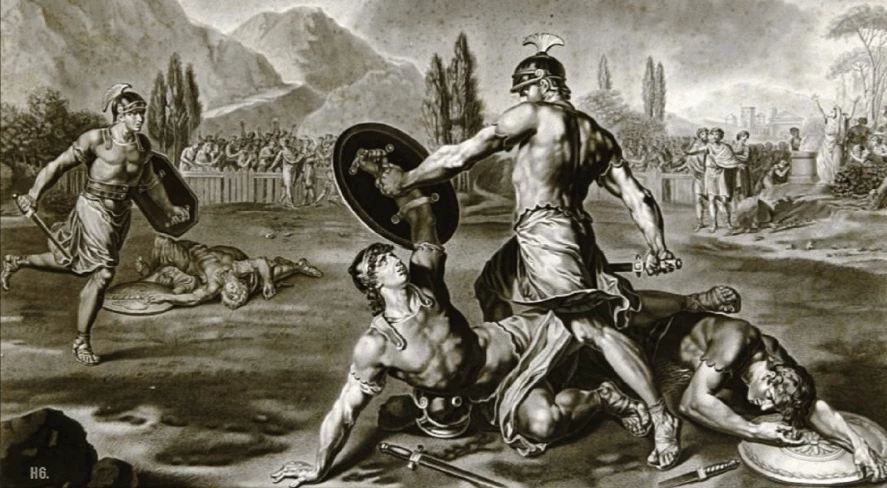
Some of us today are surprised to learn that Rome, whose borders at one time spread beyond the Mediterranean region, was just one of the many cities of the Apennine Peninsula dependent on agriculture in its early days. And it was ruled by kings. Let's have a look at what the army of the “Eternal City” looked like in the old days...
Contents
At the beginning, the Roman army consisted of a single legion (from Latin legio = military conscription), about 3,000 citizens of the city who had to take up arms in the event of a military threat. Gradually, the legions grew in number, and from 403 BC, deployed legionaries were paid a daily wage The legion consisted of centurions or centuriae, and was made up mostly of foot soldiers ( pedites). A centuria consisted of approximately 100 men: 80 men distributed among 10 conturbenia, and support staff.
The sixth king of Rome, Servius Tullius (reigned c. 575-535 BC), came up with reforms that improved the preparedness of Rome for wars, for example, he divided its population into groups according to wealth. Their position in the army was determined by the weapons and armour they could afford. The wealthiest served in the cavalry because they could easily afford an expensive horse.
Greek Hoplite sword (muscle cuirass in the background), 5th century BC.
The Structure of the Roman Legions
The 1st class legionaries, dressed as armoured hoplites, played a superior role. The 2nd and 3rd classes wore an oval scutum shield, replacing the circular hoplon or aspis, and used only simple armour. The 4th class carried spears or javelins and had no shields, although some authors (Dionysius) mention them. The 5th class consisted of slingers, and possibly spear throwers.
The soldiers were armed with spear ( pilum), shield ( scutum) and sword ( gladius). The Etruscans, and after them the Romans, adopted the complete armour from the Greeks: the hoplite shield and the stabbing spear necessary for phalanx-style combat.
A revolutionary innovation was the census of men who were physically and mentally fit for service in the Roman army. The categories of conscripts were expanded to ages between 17 and 46 ( iuniores) and 47-60 ( seniores), with the older ones forming a kind of militia.
The lowest class citizens, the so called “head count” ( capite censi), were not welcome in the army. Debtors, prosecuted criminals, women and slaves were also excluded from it. However, in exceptional cases, slaves were recruited, especially after the disastrous Battle of Cannae (216 BC), due to a lack of manpower.
Apulo-Corinthian helmet, 4th century BC.
Around 500 BC, Roman warriors had already begun to diverge from Greek and Etruscan influences in terms of weapons and tactics. The hoplites, as members of the first class ( classis prima), could afford a helmet ( galea), shin guards ( ocreae), cuirass ( lorica) - all made of bronze - plus a long spear ( hasta) and sword(gladius). The basic military tactics still was the Greek-style phalanx.
About a hundred years later, the phalanx was divided into three main lines: hastati, principes and triarii. The Hastati were at the front and wore heavy armour; the principes were in the middle, wearing light armour, a sword, a scutum shield, and special throwing spear, the pilum. The triarii were at the rear and consisted of seasoned veterans, forming the last reserve.
At the same time the legion was internally divided into maniples (composed of two formations called centuries), which increased the flexibility on the battlefield. All these reforms were probably carried out by Marcus Furius Camillus, the warlord and conqueror of the important Etruscan city of Veii (396 BC).
Sword of the Campovallano type
The Legionaries: Elite Roman Soldiers
The training cycle of legionary recruits ( tiro) took about four months. After this initial training, the recruits still lacked experience on the battlefield. The Romans placed great emphasis on speed of movement - the legionaries had to travel around 30 km a day at a pace of 36 paces per minute.
In battle, each legionary had to responsibly carry out the tasks assigned to them: they had to stay in their respective position within the formation, and keep approaching the enemy lines along with other soldiers so that they kept “the line”. In addition, they had to make way for others to come to the front of the formation.
When they came close to the enemy, they did not immediately charge forth. Before they did so, they threw their spear from some distance away, trying to disrupt the enemy formation. Then they drew swords and changed forward, protecting themselves with a large shield.
Marius' Military Reforms
Under the reforms of Gaius Marius (157-86 BC), each legionary on the march carried two poles (stakes) over his shoulders, which served as part of the field fortification. Additionally, each soldier carried a set of personal equipment, including food rations ( sarcina), one strong pole ( furca), and various tools such as a shovel ( rutrum), skewer and cooking equipment, mattock ( dolabra) for digging, and other entrenching tools. Roman soldiers carrying all necessities on their back were nicknamed “Marius' Mules”. The weight of their equipment was between 35 and 44 kg.
The falcata sword
The Armour of the First Roman Soldiers
In the 8th century BC, when Romulus is said to have founded Rome, the so-called Villanovan culture flourished. Common archaeological finds from this period include bronze helmets with a triangular crest. Body armour was mostly limited to a bronze pectoral plate on the chest, measuring 15×22 cm, attached by leather straps to the chest. A similar plate covered the soldier's back. The shields were also made of bronze, rounded and 50-100 cm in diameter. Some shields, however, were made of other materials such as wood, leather, felt.
The Roman legionaries, as already mentioned, were divided into several classes according to their wealth. The wealthiest members of the army used the same armour type as the Greek hoplites - especially the “muscle” cuirass, based on the ancient ideal of beauty. It was a two-piece cuirass made of bronze plates, shaped to imitate a muscular male torso.
The lightly armed infantrymen wore small bronze plates similar to those mentioned above, attached by straps on their shoulders. Their heads were protected by simpler types of helmets.
Princeps from the early Republican period (Roman Mysteries Ltd)
An important part of Roman armour was the wooden oval shield, the scutum. The origin and shape of Roman scutum have been disputed since antiquity. According to some, it was originally an oval shield with a handle in the middle, as described by Titus Livius. But according to Dionysius of Halicarnassus or Diodorus of Sicily, the scutum was originally a rectangular shield. The truth is likely to be in the middle - it might have been a rectangular shield with rounded corners and a central shield boss (umbo).
Celtic Influence
As the Roman empire expanded, its soldiers came into contact with neighbouring peoples and tribes: Celts, or Gauls. The Celts contributed immensely to the development of the ancient armour. Their helmets with movable cheekpieces and back protectors became the model for legionary helmets.
Montefortino helmet
The greatest contribution and invention attributed to the Celts was, however, the chainmail armour. This type of armour, consisting of thousands of interlocking metal rings, provided sufficient protection while being flexible. The Romans adopted chainmail from the Celts, and they were not alone who did so! Chainmail became popular with warriors of some Hellenistic states, as well as in Asia Minor and further east. Chainmail armour stayed popular for several centuries and was still used by knights of medieval Europe and the Orient.


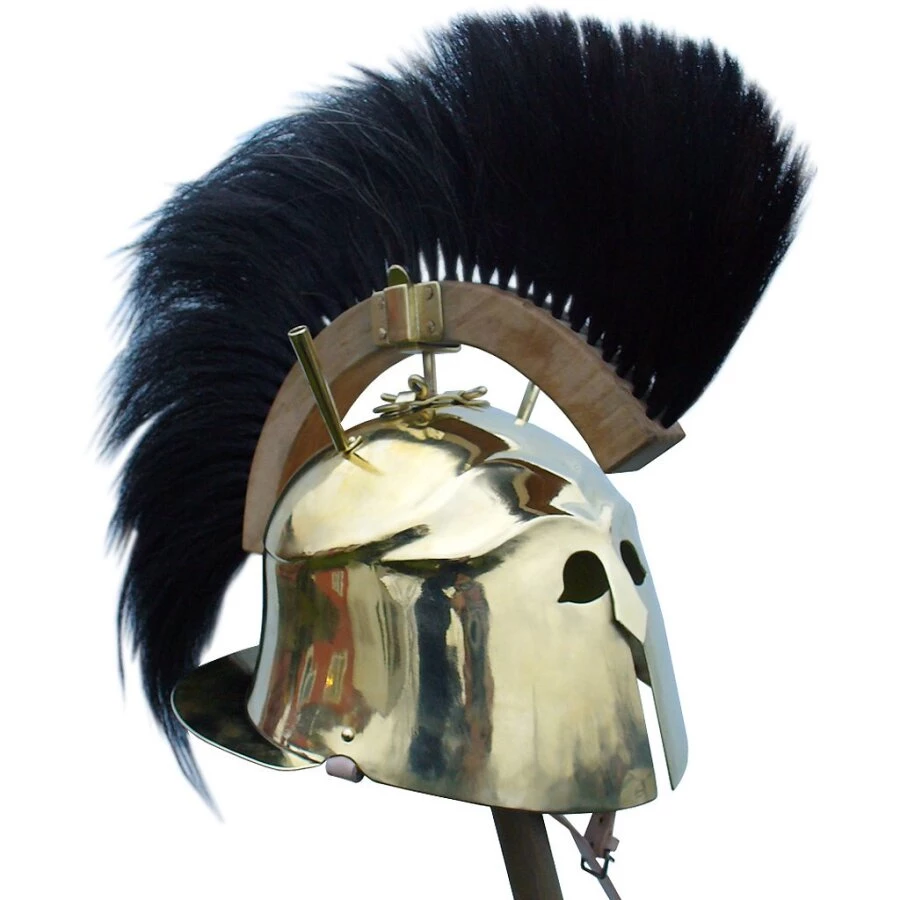

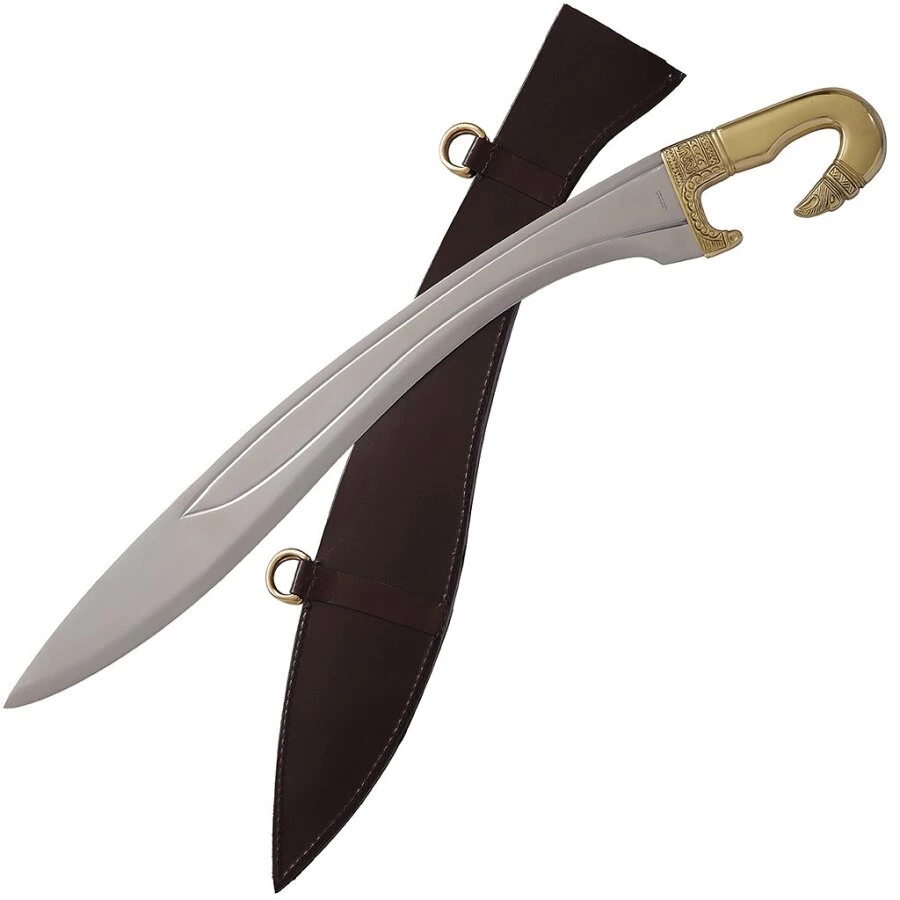
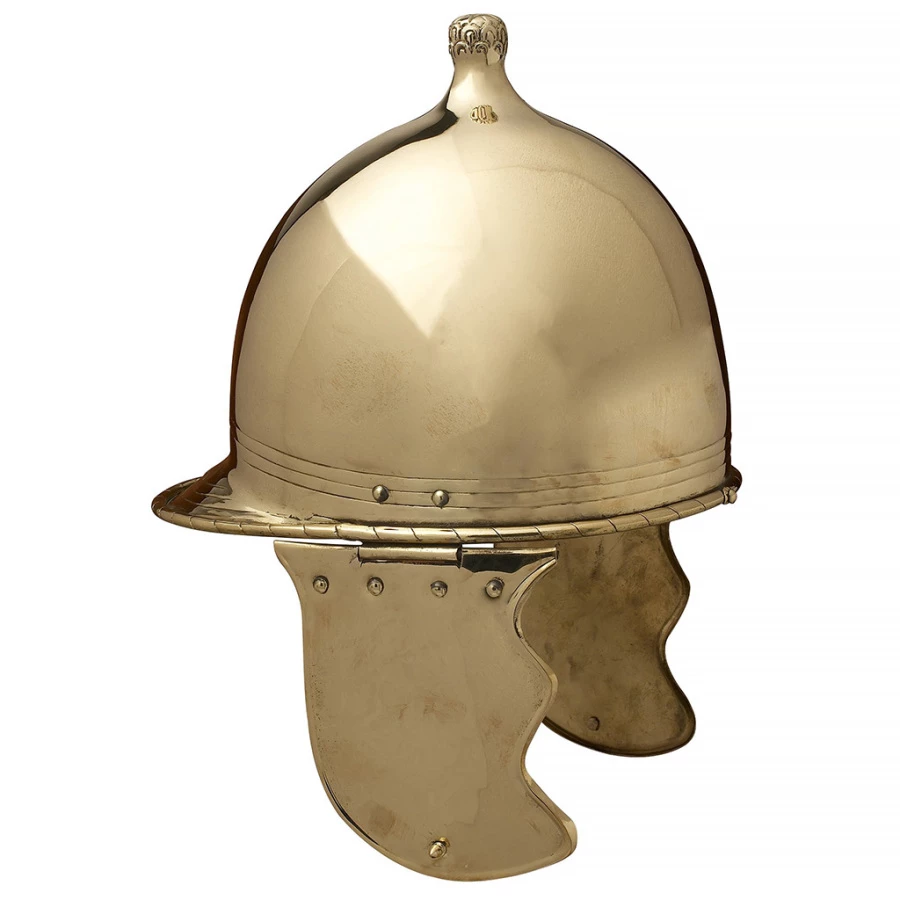

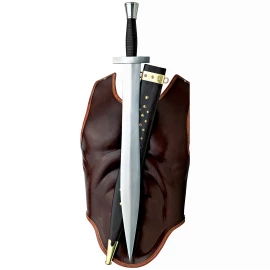

Comments